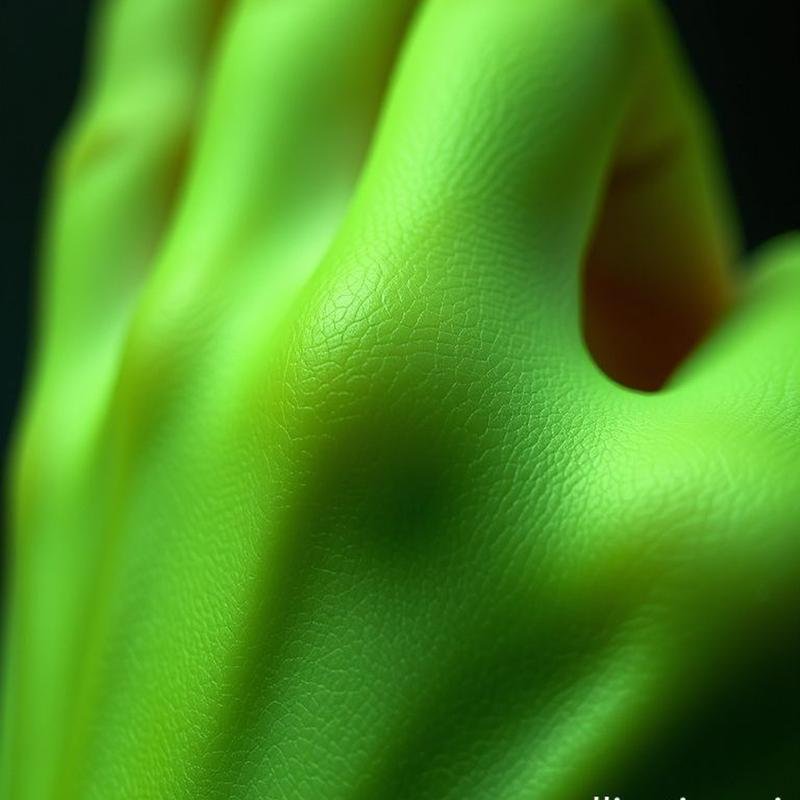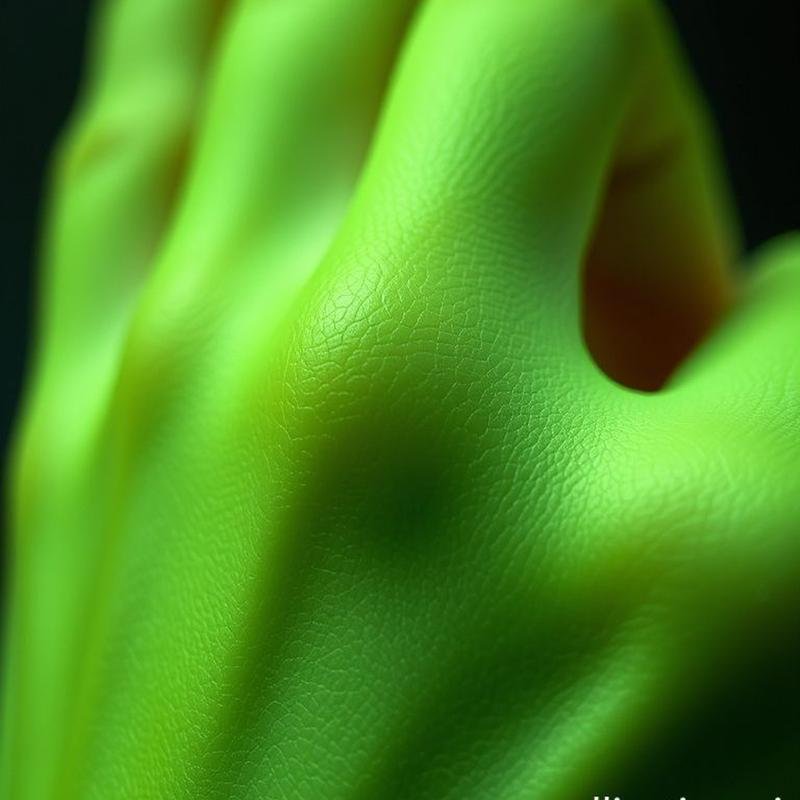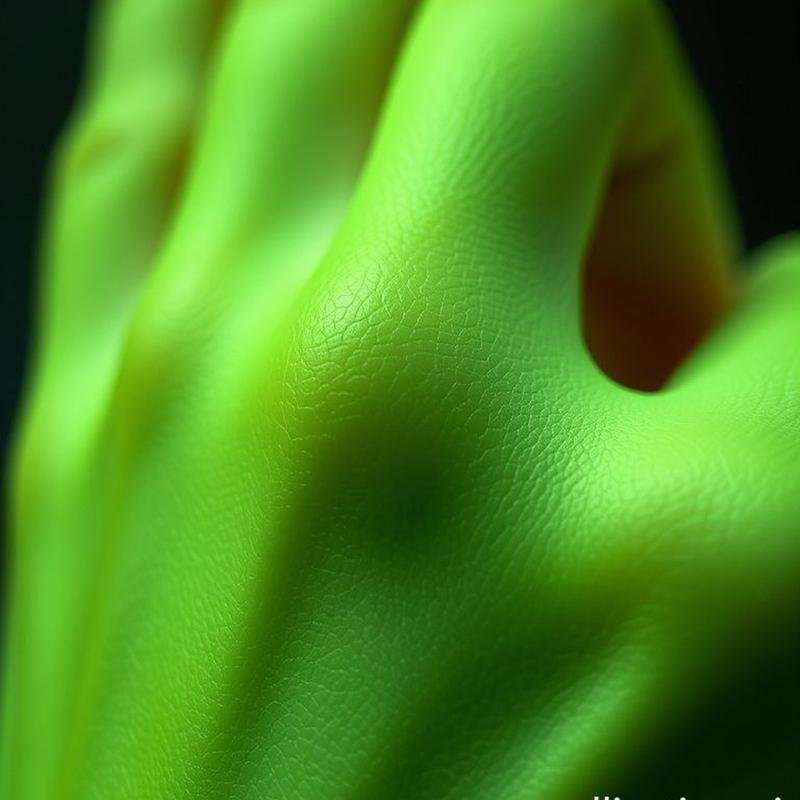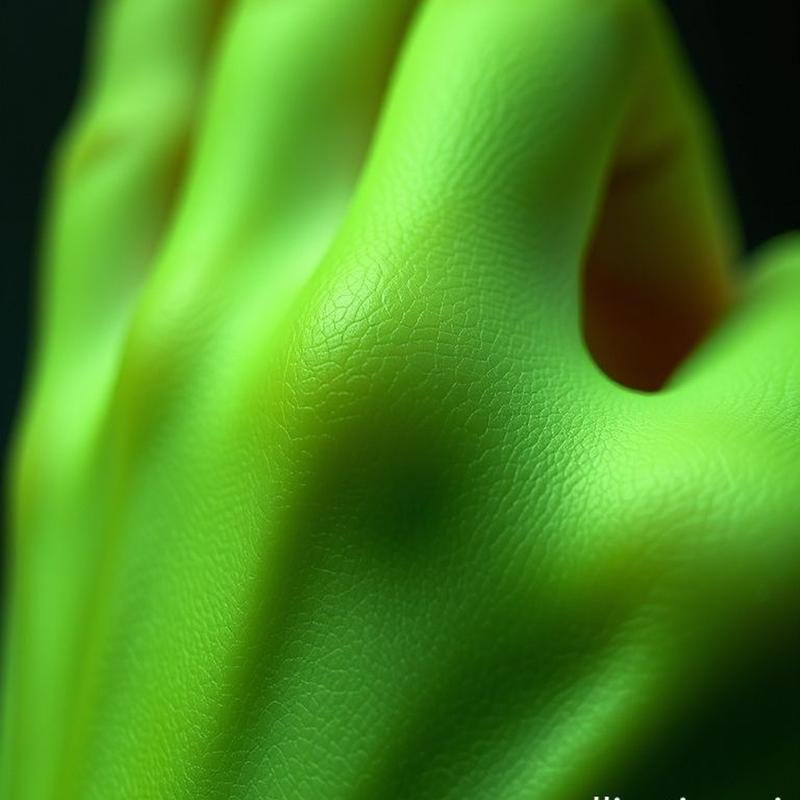The Green Children: A 12th-Century Enigma that Terrorized a Village 🤯📜

Green Children of Woolpit: Medieval Mystery Explained
What kind of enigma resides within us, manifesting in children’s narratives? In this episode, we explore the legend of the Green Children of Woolpit, examining how a medieval village’s anxieties regarding the unfamiliar and the peculiar evolved into a story that endures to this day. Was their verdant complexion merely a reflection of a deeper apprehension? A journey into the origins of human anxiety commences now.
Before we delve into the specifics of the narrative, what are your expectations concerning the secret of their unusual skin pigmentation? Share your insights in the comments! And to follow our captivating exploration to uncover the truth, subscribe to the channel.
The Enigmatic Arrival
In the heart of Suffolk, England, during the tumultuous reign of King Stephen, a curious tale unfolds. Near the village of Woolpit, two children – a boy and a girl – emerged, unlike any the villagers had previously encountered. Their skin possessed an emerald green hue, reminiscent of spring foliage, and their speech was in a language entirely foreign to the local inhabitants.
This account, documented by the esteemed historians Ralph of Coggeshall and William of Newburgh, transcends mere folklore; it is a testament to the medieval world’s capacity for wonder. They were discovered near the entrance of a cave, as if they had sprung forth from the earth itself, clad in unfamiliar garments, completely unknown to the residents of Woolpit.
Initially, they refused all sustenance offered, with the exception of raw green beans. Gradually, they began to acclimate to human food, and, more significantly, the girl learned to communicate in English. Through her, the story of their peculiar origins began to emerge – a narrative of a distant land known as the Land of Saint Martin, where everything is verdant, a world radically different from our own.
The Mystery of the Green Skin
However, the fundamental question persists: what accounts for the unusual green coloration of their skin? Is it simply a symbolic element passed down through a fairy tale, or does it possess a scientific explanation awaiting discovery?
Within the realm of medicine, we may find potential answers in rare cases. Methemoglobinemia, for instance, a subtle blood disorder that can cause the skin to exhibit a bluish or greenish tint due to elevated levels of methemoglobin. Alternatively, copper poisoning, which can gradually impart a pale green hue to the skin, may have played a concealed role in this narrative. Theoretically, the consumption of substantial quantities of chlorophyll, the green pigment found in plants, could influence skin color, although this remains a remote possibility in humans. Wilson’s disease, a rare genetic disorder characterized by the accumulation of copper in the body, may also exert an indirect effect on this unusual phenomenon.
Furthermore, we cannot disregard the possibility of severe malnutrition, a prevalent issue during the Middle Ages. Perhaps the pallor resulting from malnutrition rendered the delicate green veins beneath the skin more visible. And in exceedingly rare instances, severe jaundice may manifest as a pale green tinge on the skin.
Beyond Science: Symbolism and Fear
However, could the green coloration carry deeper connotations, extending beyond the boundaries of science? In the Middle Ages, this enigmatic color was frequently associated with the afterlife or mythical creatures. Was their skin color merely an expression of the perennial fear of the unknown, or a symbol of their mysterious existence in another realm? This question extends to their unusual language, a language that defied decipherment, a language previously unheard of, a true phonetic enigma.
The Unidentified Language
Linguists have been unable to identify any known language comparable to that spoken by the children. It was a unique language, characterized by unfamiliar sounds that were jarring to the ear, and an incomprehensible grammatical structure that defied logic. William of Newburgh, the historian who documented the story, noted the significant difficulty the children experienced in grasping the English language, strongly suggesting a fundamental divergence at the core of their native tongue.
Was it a lost language, the language of a forgotten society, absent from the annals of history? No conclusive evidence has emerged to support the existence of a community speaking a similar language during that era. Or was it an artificial language, or a neglected regional dialect, perhaps an expression of a linguistic disorder or developmental delay, exacerbated by the trauma they endured? Another hypothesis suggested that the children may have spoken an ancient Breton language or a distorted Welsh dialect, but this proposition remained speculative, lacking conclusive proof. The reality is that no one has been able to decipher any specific words or phrases from their alleged language, rendering the reconstruction or understanding of this language an almost insurmountable task. A linguistic enigma that continues to resonate through the centuries, a silent testament to the unknown that surrounds our world.
Woolpit in the 12th Century
In the twelfth century, Woolpit was a small village in Suffolk, a simple agricultural community governed by the rhythm of the seasons. Fields of wheat and barley stretched out like a shimmering golden sea, where flocks of sheep grazed, providing sustenance for its inhabitants. However, this apparent simplicity concealed a complex network of relationships and competing authorities. Suffolk, settled by the Normans a century prior, still bore the marks of conquest. A subtle conflict, a constant struggle between the conquerors and the natives over land and identity, permeated every aspect of life. Bury St Edmunds Abbey, located near Woolpit, was an economic and political power, owning vast tracts of land and exerting considerable influence over the lives of the villagers, controlling their trade and crops. And in 1173, rebellion swept through the region. Hugh Bigod, 1st Earl of Norfolk, initiated a rebellion against King Henry II, exacerbating the tension and anxiety that permeated the country. Amidst these escalating political and social upheavals, Woolpit existed in its own world, a world intertwined with ancient myths and legends, where fairies and malevolent spirits lurked.
Folklore and Fairies
Amidst this atmosphere of fear and suspicion, it was not surprising that ancient tales and legends emerged, reflecting people’s fears and deepest aspirations. In English folklore, the color green has long been associated with fairies, who often appear as green-skinned creatures, inhabiting forests and desolate lands. The presence of the Green Man in the architecture of churches and cathedrals throughout Europe represents another facet of this association between the color green and the natural world. This ancient symbol of nature and fertility, carved on the walls of sacred places, serves as a reminder of the power inherent in the natural world, capable of producing both wonders and anomalies. And in Irish mythology, the stories of the Tuatha Dé Danann, a people with magical powers who came from an unknown place, resonate. These tales bear a striking resemblance to the story of the Woolpit children, raising questions about their true origins and allegiance. Furthermore, we cannot overlook the similarity between the story of the Woolpit children and tales of changelings, where fairies replace human children with their own. Were the Woolpit children, in reality, a manifestation of these inherent fears, a symbol of an unknown world lurking for humanity?
Audacious Theories
While rational explanations prevail, we cannot ignore the whispers of more audacious theories, those that transcend the boundaries of our familiar world, venturing into the realm of unbridled possibilities. The English writer Paul Harris proposes a bold idea: were the Woolpit children actually from an subterranean world? Perhaps they were victims of a failed experiment, trapped in the depths of the unknown earth, an idea that echoes tales of primitive peoples about hidden cities beneath our feet, secret worlds waiting to be discovered. And there are those who go even further, speculating whether the unique green color of their skin holds the key to an unfamiliar genetic makeup, perhaps the result of exposure to extraterrestrial elements or environments. The astronomer Duncan Lunan, in turn, suggests the hypothesis that they may be from a planet with a dim sun, leading to their green skin due to a lack of chlorophyll, a biological adaptation to a completely different environment. The narrative becomes even more enigmatic when we recall their account of the Land of Saint Martin, where everything is green. Was this land another dimension? A distant planet in space? Or even, as some suggest, a parallel world that intersects with our world at certain points, fleeting moments of cosmic overlap? Some draw parallels between their story and the phenomenon of crystal children, who are purported to possess exceptional psychic abilities and extraterrestrial origins. This similarity adds another layer to this complex puzzle, and opens the door to questions that transcend the limits of our current understanding, inviting us to reconsider the definition of reality itself. And the language they spoke, which remained incomprehensible, adds to the strangeness of these theories. Was it a language from an unknown place on Earth, a forgotten ancient dialect? Or a language from another planet, a strange melody from outer space? Their clothes, made of unfamiliar materials, raise questions about the technology or culture they came from.
Fear of the Unknown
In that era, the stranger was a harbinger of danger. Anyone who differed from the group, anyone who did not share their language or customs, was viewed with suspicion, as a source of potential unrest. Imagine the fear that gripped the small village of Woolpit, a simple agricultural community living according to the seasons and ancient traditions, when these two children appeared with emerald green skin, a stark symbol of all that is unknown and frightening. It was not only the unusual color of their skin that aroused panic, but also their language, strange and incomprehensible whispers, like chants from another world. In a time when the church dominated minds, and considered everything non-Christian a threat, these children were a direct challenge to the established authority. Were they not evidence of the existence of hidden demonic forces, or creatures from unknown netherworlds? In a society suffering from the ravages of wars and epidemics, where death lurked in every corner, the story of the Green Children was a reflection of their deepest fears. Fear of invasion, of disease, of everything that
Video Explanation









